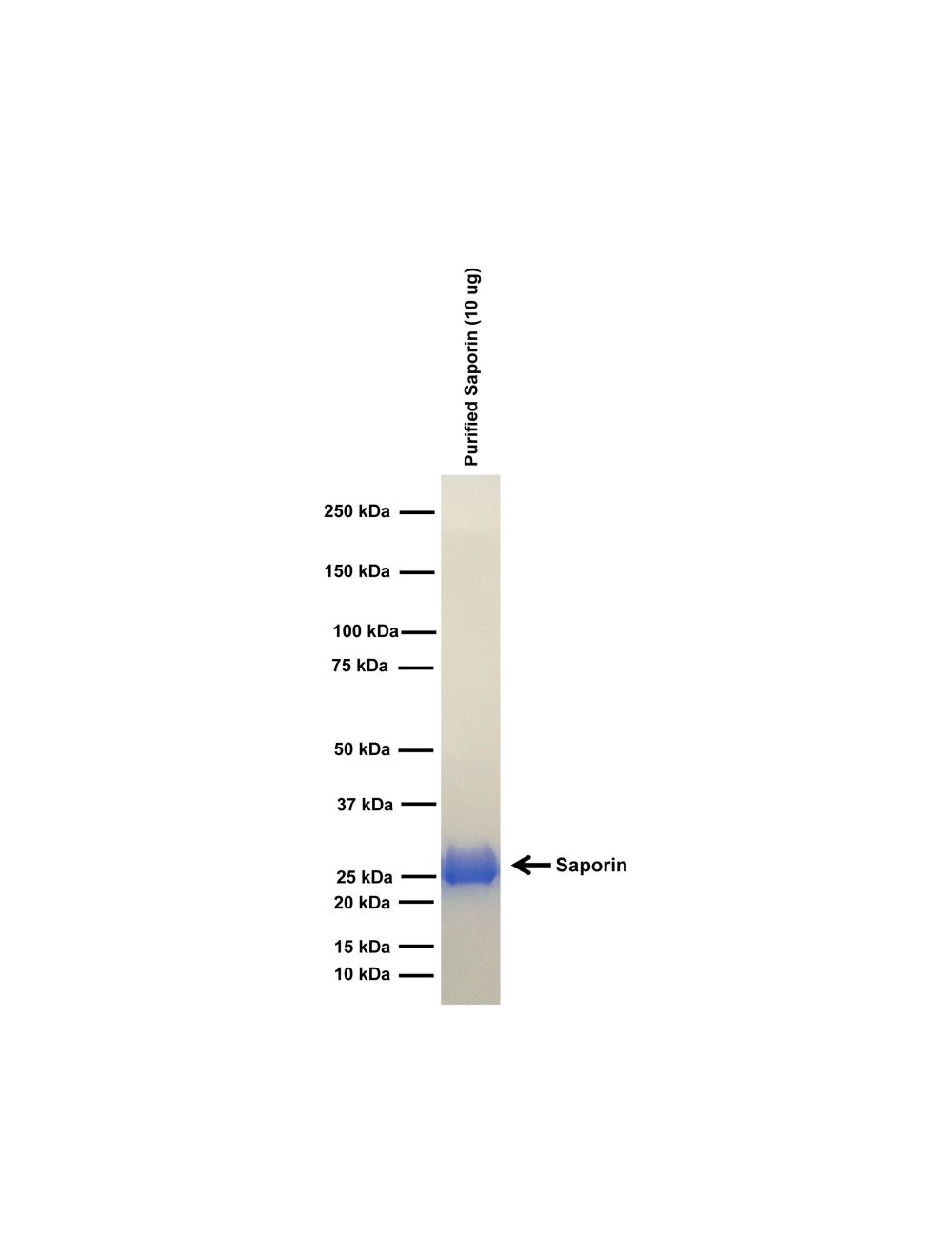Ribosome-inactivating Protein saporin-6 (Saporin), Purified Native Protein
As low as
US$137.00
Only %1 left
Catalog Number
PE-001
- Product Name Ribosome-inactivating Protein saporin-6 (Saporin), Purified Native Protein
- Product Description Ribosome-inactivating Purified Protein saporin-6 (Saporin), Purified Native Purified Protein, suitable for WB.
- Alternative Names Saponaria officinalis; Common soapwort; ribosome inactivating protein saporin-6; SAP-6; SO-6; rRNA N-glycosidase
- Application(s) WB
- Purity Description > 95% by SDS-PAGE. Purified from seeds of the plant Saponaria officinalis.
- Purity % > 95%
- Regulatory Status For research use only.
Product Info
- Product Description Ribosome-inactivating Purified Protein saporin-6 (Saporin), Purified Native Purified Protein, suitable for WB.
- Application(s) WB
- Target Ribosome-inactivating protein saporin-6 (Saporin)
- Target Host Species Plant
- Antigen Produced In Native
- Purity Description > 95% by SDS-PAGE. Purified from seeds of the plant Saponaria officinalis.
- Purity % > 95%
- Format Lyophilized
- Reconstitution Instructions Saporin may be reconstituted in the buffer of choice for example PBS.
- Storage Instructions Keep lyophilized protein at 2-8ºC. Aliquot and keep at -20°C for long-term storage. For short term keep aliquots at 2-8ºC. Avoid repetitive freeze/thaw cycles.
- Batch Number Please see item label.
- Expiration Date 12 months after date of receipt (unopened vial).
- Alternative Names Saponaria officinalis; Common soapwort; ribosome inactivating protein saporin-6; SAP-6; SO-6; rRNA N-glycosidase
- Uniprot Number P20656
- Uniprot Number/Name P20656 (RIP6_SAPOF)
- Scientific Background Saporin is a ribosome-inactivating protein (RIP) of type I. This monomeric RNA N-glycosidase purified from seeds of the plant Saponaria officinalis also known as Soapwort, is capable of specific depurination of eukaryotic ribosomes thus arresting protein synthesis. No ligand has been identified in saporin hence its inability to transverse the cell membrane. Due to its toxicity and stability of the structure, saporin has proven extremely useful for construction of immunotoxins. Biosensis Saporin is purified in-house and available in bulk reuqest upon request as well.
- Shipping Temperature 25°C (ambient)
- UNSPSC CODE 12352202
- Regulatory Status For research use only.
Specifications
- General References Stirpe, F. et al (1983) Biochem J 216, 617-625

 1800 605-5127
1800 605-5127 +61 (0)8 8352 7711
+61 (0)8 8352 7711

